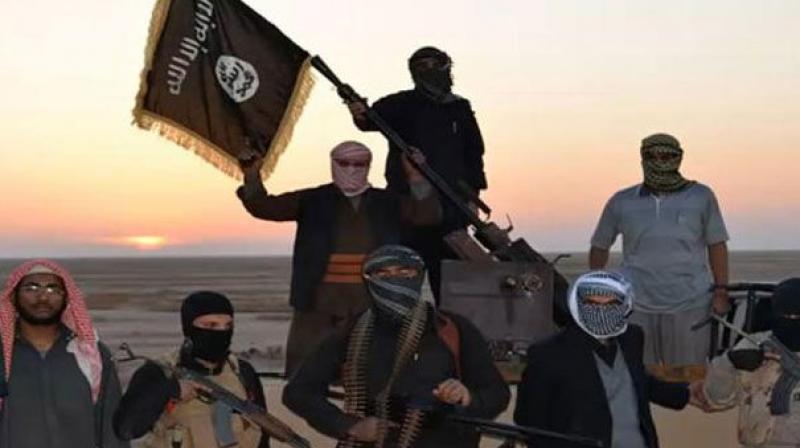Startling details emerge as NIA tracks down ISIS' most dangerous module
The journey towards creation of this group began when Ibrahim Yazdani met a Jordanian national, Suhayb Al Abudi.

Hyderabad: The National Investigation Agency (NIA) is now considering ‘Jhund Ul Khalifa al Hind Fl Bilad’ or ‘Army of the Caliph in South India’ as the most dangerous of all ISIS-affiliated modules that the probe agency busted in 2016.
According to a report in DNA, an NIA chargesheet filed last week has elaborated what the Hyderabad module did for it to be considered the most dangerous ISIS-affiliated outfit in India.
The report states that the journey towards creation of this group began when Ibrahim Yazdani, considered to be one of the main conspirators behind the module, met a Jordanian national by the name of Suhayb Al Abudi.
Yazdani had returned from Saudi Arabia convinced that ISIS was fighting a justifiable war against President Bashar Al Assad's forces in Syria. He immediately roped in his brother Illyas to form the ‘Army of the Caliph’ group in India.
Yazdani’s decision came after his handler in Syria told him to stay back in his country and do "Allah's work in India" instead of going to fight alongside ISIS in the war-torn country.
In its analysis of the group, the NIA states the accused are followers of the pure Salafi sect of lslam. Some of the group’s members are original ‘Ahle Hadeeth’ followers, while others got influenced and came into the fold, the NIA chargesheet states.
Some radical followers of this sect preach a world view that the modern day democracy is against the tenets of lslam, and that even those Muslims who oppose the strict Salafi interpretation of Islam are apostates.
NIA has listed the extent of how the module was well versed with social media applications to avoid getting exposed, said the report. The oath of allegiance given by ISIS ‘Caliph’ Abu Bakr-al Baghdadi was found written on piece of paper, uploaded online and sent to an ISIS handler – who told the recruits to delete the name lest it arouse suspicion.
However, the loyalty towards the ISIS chief is showcased in the charge sheet at many instances during which the recruits were asked to owe their allegiance to him.
The youth seem to have been active over internet tools such as Tor browser (which leads one to the Dark Web), Amn AL Mujahid, Chat secure, Orbot, Orfox and Trillian applications, apart from the more commonly used Telegram.
The NIA charge sheet also says that the module was successful in acquiring a range of weapons with an intention of indulging in large-scale terror attacks.
Among the material allegedly recovered from the accused are chemicals such as Urea, 2-Chloro 9- Methyl Acridine, Methylene Chloride, Acetone, Hydrogen peroxide, Nitric Acid used to prepare explosives, said the report. Three knives, 17 live rounds, face masks, air guns and pellet guns used in Kashmir have also been found on them, said the report.

